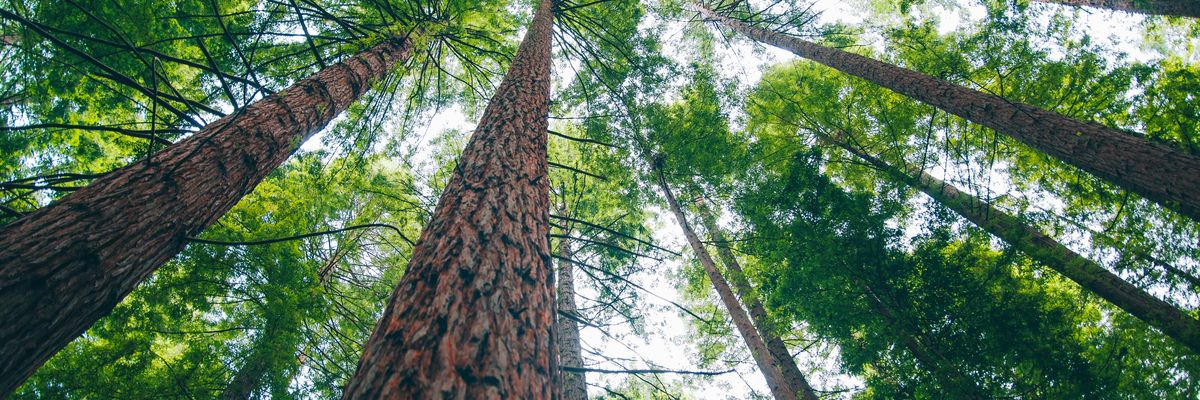This August, we saw the passage of the historic Inflation Reduction Act, which includes more than 100 programs that will invest about $369 billion in climate action, clean energy jobs, and environmental justice. While this marks the single largest investment in climate action by Congress, it does not mean our work to address the climate crisis is over. It marks just the beginning.
We know that reducing the carbon in our atmosphere is essential if we want a livable planet for all, and while this landmark package could reduce carbon emissions by 40 percent from 2005 levels by 2030, we must use all the tools at our disposal if we are to make real progress to mitigate the worst effects of climate change. One of the most effective, and largely overlooked, ways we can address the interconnected climate and biodiversity crises is a natural one, standing--literally--right in front of us in the form of our mature and old-growth trees and forests.
It's not enough to solely reduce emissions; we must also sequester and store carbon.
Mature and old-growth trees and forests have the greatest potential to sequester and store large amounts of carbon, and to recover carbon that has been released to the atmosphere over the last 200 years. Globally, the biggest trees--those in the top percentile diameter--hold half the carbon stored in the world's forests, with bigger trees storing up to 300 times more carbon than their younger counterparts. Here in just the U.S., there were 58.7 billion metric tons of carbon stored in forests in 2020. While the IRA allocates $50 million to identify and inventory mature trees and old-growth forests, this must also be paired with a durable, long-lasting rule protecting these trees and forests, so that our climate forests are still standing long after the funding runs out.
It's not enough to solely reduce emissions; we must also sequester and store carbon. Keeping carbon in the forests is essential to safeguard communities from the future impacts of the climate crisis by reducing the amount of greenhouse gasses in our atmosphere and mitigating future climate disasters, as older trees and forests are more resilient to threats like drought and wildfire. Moreover, our forests are our largest source of drinking water, with National Forests alone being the source of clean water for over 60 million Americans. As we work towards a livable climate and sustainable future, we must put our forests front and center as part of the solution.
This year on Earth Day (April 22), President Biden showed that he, too, understands the value of forests for storing carbon and addressing climate change, and issued an executive order that directs federal agencies to "identify, inventory, and protect" mature and old-growth forests on federally managed lands. This summer, the Forest Service initiated a public comment period focused on defining mature and old-growth forests. Over 125,000 individuals from across the U.S. submitted comments calling for forest protections, and more than 100 climate and conservation organizations, including the Sierra Club, turned in a letter calling for swift administrative action to implement essential climate-related solutions. It's essential that these voices are heard and we start managing our forests for climate.
We've seen that it is a challenge to get people around the table in consensus on climate solutions, and it's not often we can pass a multi-billion dollar bill to protect our planet. But one thing we can do to provide for clean water, clean air, outdoor recreation, and climate mitigation is to leave these climate forests standing. And while we need more electric vehicles, financing for clean energy projects, and a methane reduction program, we cannot overlook investments in natural solutions. Conserving the lands, waters, and forests that we have--and creating protections for more of our public lands and waters in the future, so nature can work as a carbon sink and natural ecosystems can function as they should--is essential if we are to stave off the many effects of climate change.
Protecting our mature and old-growth trees is one way to move towards our nation's broader goals to conserve 30% of lands and waters by 2030. By taking this simple step forward, we can be the global leaders we aspire to be and stewards of our natural world.



